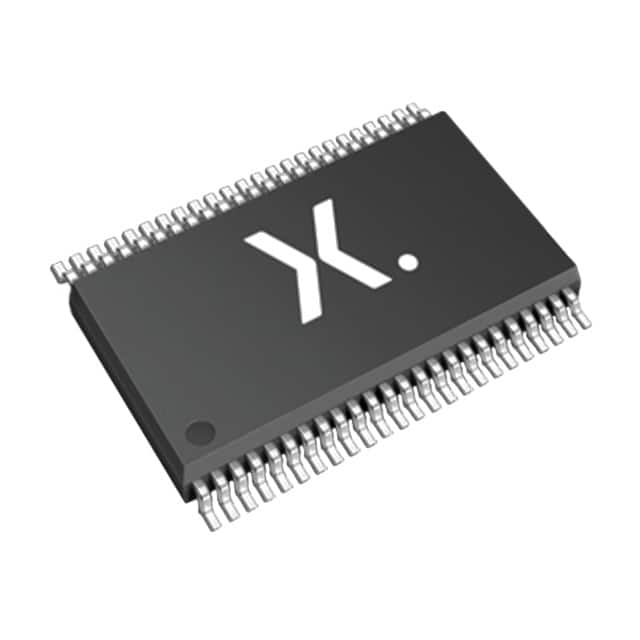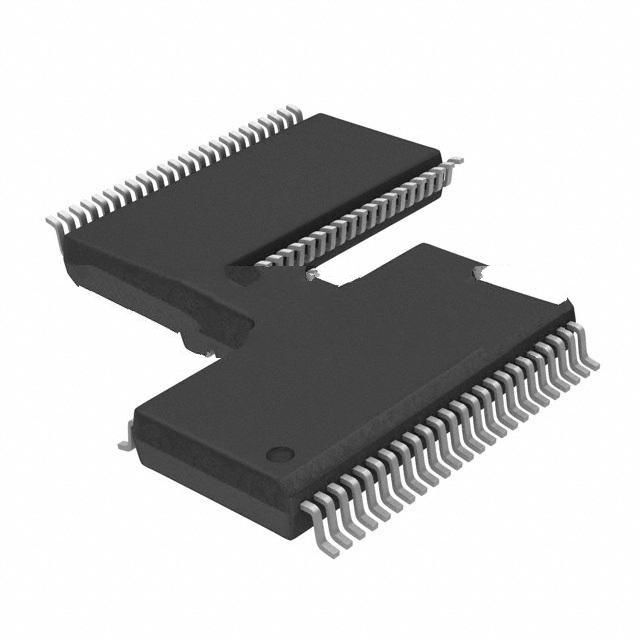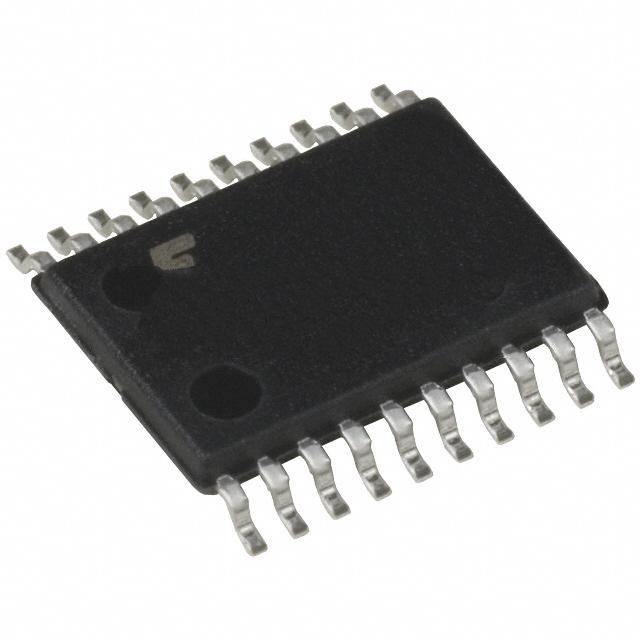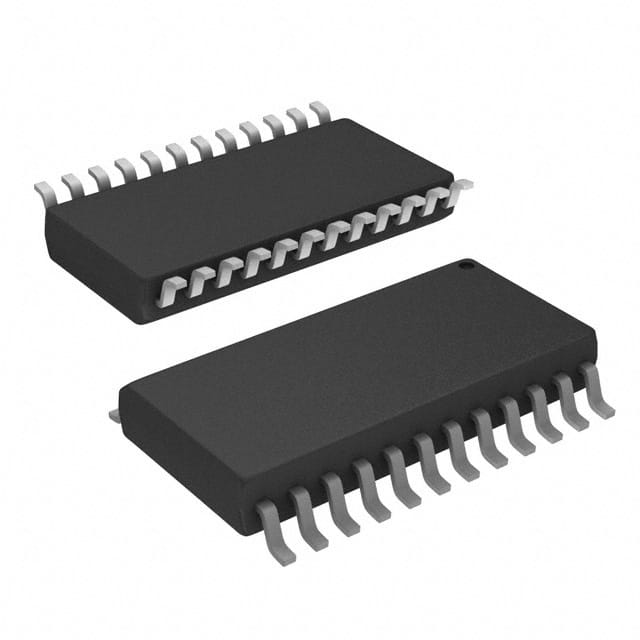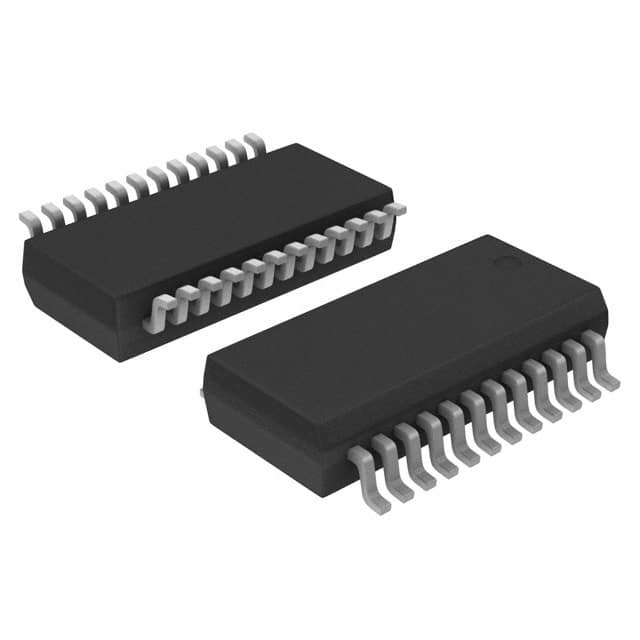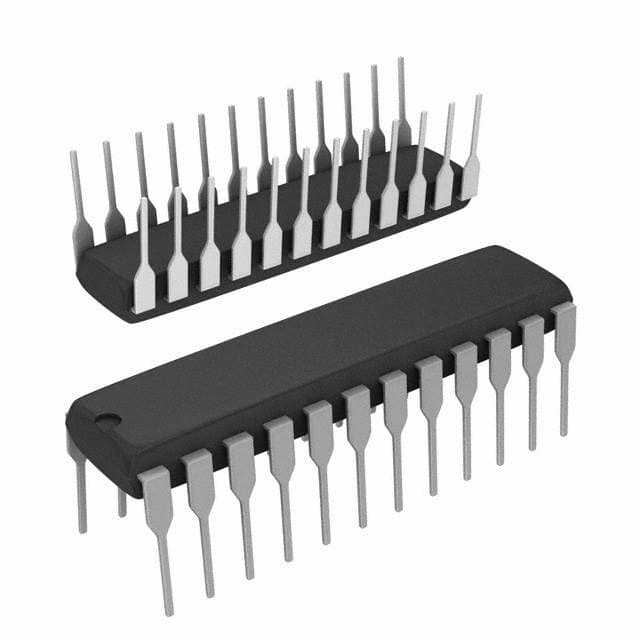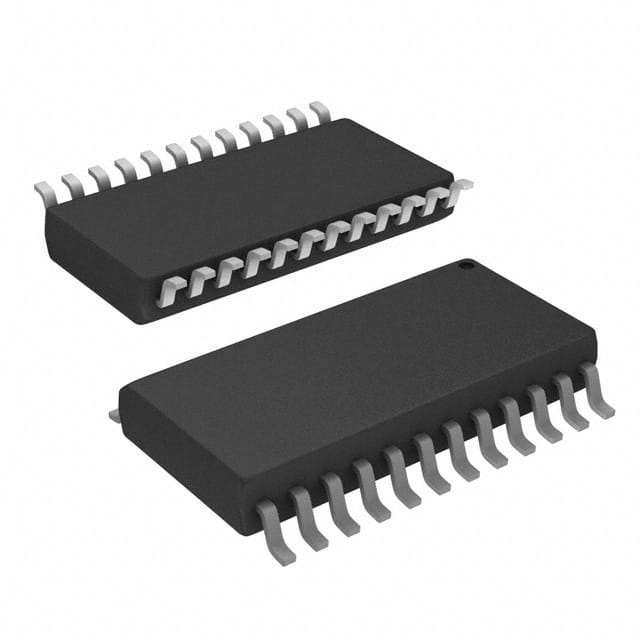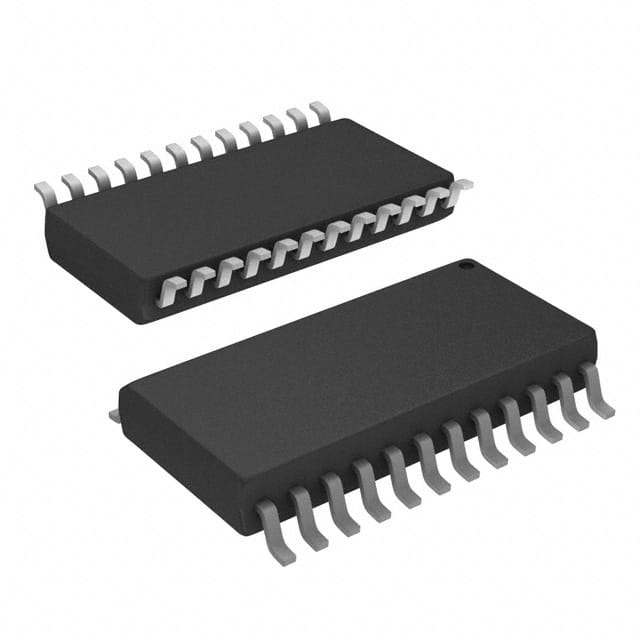N74F827N,602 Product Introduction:
NXP USA Inc. Part Number N74F827N,602(Logic - Buffers, Drivers, Receivers, Transceivers), developed and manufactured by NXP USA Inc., distributed globally by Jinftry. We distribute various electronic components from world-renowned brands and provide one-stop services, making us a trusted global electronic component distributor.
N74F827N,602 is one of the part numbers distributed by Jinftry, and you can learn about its specifications/configurations, package/case, Datasheet, and other information here. Electronic components are affected by supply and demand, and prices fluctuate frequently. If you have a demand, please do not hesitate to send us an RFQ or email us immediately sales@jinftry.com Please inquire about the real-time unit price, Data Code, Lead time, payment terms, and any other information you would like to know. We will do our best to provide you with a quotation and reply as soon as possible.
Introducing the NXP USA Inc. N74F827N,602, a cutting-edge integrated circuit designed to revolutionize the world of electronics. This high-performance device is packed with advanced features and is perfect for a wide range of applications.
The N74F827N,602 boasts an impressive array of features that make it stand out from the competition. With its high-speed operation and low power consumption, this integrated circuit offers exceptional performance while minimizing energy usage. Its wide operating voltage range ensures compatibility with various power sources, making it versatile and adaptable to different environments.
This product is ideal for a multitude of application fields. In the automotive industry, the N74F827N,602 can be used in engine control units, transmission systems, and advanced driver assistance systems, enhancing vehicle performance and safety. In the consumer electronics sector, it can be utilized in smart home devices, gaming consoles, and audio systems, providing seamless connectivity and superior audiovisual experiences. Additionally, this integrated circuit is well-suited for industrial automation, telecommunications, and medical equipment, enabling efficient and reliable operations in these sectors.
With its exceptional features and wide range of applications, the NXP USA Inc. N74F827N,602 is the perfect choice for engineers and designers seeking a high-performance integrated circuit. Trust in NXP's reputation for quality and innovation, and unlock the full potential of your electronic projects with this remarkable product.
Buffers, Drivers, Receivers, Transceivers are the key logic devices responsible for signal transmission and processing in integrated circuits. These components are built by using transistors and other passive components such as resistors and capacitors. The buffer is mainly used to enhance or isolate the signal, reduce the attenuation and interference of the signal during transmission, and ensure the integrity and stability of the signal. The driver is responsible for amplifying the signal to a level sufficient to drive the external load, commonly seen in high-speed data transmission and power amplification scenarios. The receiver is responsible for receiving the signal from the external or internal circuit and converting it into a level or format that the system can recognize. The transceiver combines the functions of the driver and the receiver, which can send and receive signals, and is widely used in two-way communication interfaces.
Application
Buffers, Drivers, Receivers, Transceivers are widely used in various electronic devices and systems, especially in fields such as communication, computer, consumer electronics, industrial control, automotive electronics, and medical electronics. In the field of communication, they are the foundation for achieving high-speed data exchange and signal amplification, such as transceiver modules in Ethernet switches and routers. In computer systems, buffers and drives are commonly used for data transfer between memory, hard disk interfaces, and processors to improve data transfer efficiency. In the field of consumer electronics, they support the transmission and processing of high-definition video and audio signals, such as transceivers in HDMI interfaces. In addition, in the fields of industrial control and automotive electronics, these components are also used for sensor signal acquisition, actuator driving, and complex communication systems to ensure efficient and stable operation of the system.
FAQ about Logic - Buffers, Drivers, Receivers, Transceivers
-
1. What is a driver buffer?
A driver buffer is an electronic component that is mainly used for signal amplification and transmission to ensure signal integrity and stability. It is often used to convert weak input signals into strong output signals to meet the needs of different application scenarios.
The working principle of the driver buffer is based on its internal structure and control mechanism. Take 74HC244 as an example. It contains two four-bit three-state buffers, and the three-state output is controlled by the output enable terminal (OE). When OE is high, the output terminal is in a high-impedance state and is disconnected from the connected circuit; when OE is low, the output terminal follows the input terminal state. This design enables the driver buffer to flexibly control the transmission and amplification of the signal.
-
2. What is the difference between a receiver and a transceiver?
The main difference between a receiver and a transceiver lies in their functions and composition. The receiver is mainly responsible for receiving signals and converting them into usable electrical signals, while the transceiver has both sending and receiving functions, including the transmitter converting electrical signals into optical signals or wireless signals, and the receiver converting received optical signals or wireless signals into electrical signals.
A receiver is a signal receiving device whose main function is to receive signals from the channel and transform them into information in the same physical form as when they were sent, and then pass them to the destination. The basic requirement of the receiver is to be able to extract the information output by the source from the interfered signal to the maximum extent and reproduce the output of the source as much as possible.
A transceiver (TRX for short) is a device that integrates sending and receiving functions. It can convert electronic signals into optical signals or wireless signals for transmission, and can convert received optical signals or wireless signals back into electronic signals. Transceivers are widely used in communication systems such as Ethernet, LAN, WAN, Bluetooth, Wi-Fi, etc., supporting long-distance, high-speed communication.
-
3. What is the difference between a transmitter and a receiver?
1. Definition of transmitter and receiver
A transmitter is a device used to convert electrical signals into wireless signals and transmit them to a receiver, while a receiver is a device that receives wireless signals and converts them into electrical signals for output.
2. Differences between transmitters and receivers
A. Different functions
The main function of a transmitter is to convert electrical signals into wireless signals and transmit them to a distant place, while the main function of a receiver is to convert received wireless signals into electrical signals for output.
B. Different structures
A transmitter is usually composed of an oscillator, a power amplifier, and an antenna, while a receiver is usually composed of an antenna, a low-noise amplifier, an intermediate frequency amplifier, and a demodulator.
C. Different parameters
Both transmitters and receivers have specific parameter ranges, such as frequency, power, antenna gain, etc. The parameters of the transmitter are mainly related to the output signal, while the parameters of the receiver are mainly related to the quality of the received signal.
3. Application of transmitters and receivers in wireless communication
Transmitters and receivers play a very important role in wireless communication. Wireless communication usually transmits information through electromagnetic waves transmitted through the air. In this process, the transmitter is used to convert information into wireless signals and transmit them, while the receiver is used to receive wireless signals and return the information to the receiving end.
In short, both transmitters and receivers are indispensable devices in wireless communication. Although their functions and structures are different, they both play an important role in wireless communication.
 Lead free / RoHS Compliant
Lead free / RoHS Compliant












